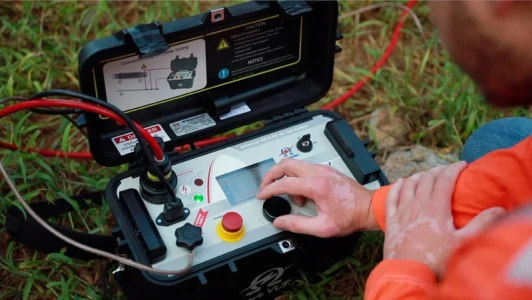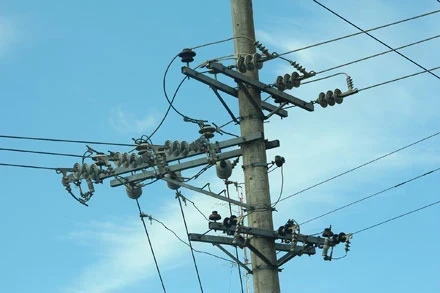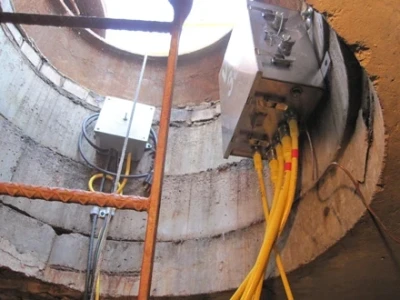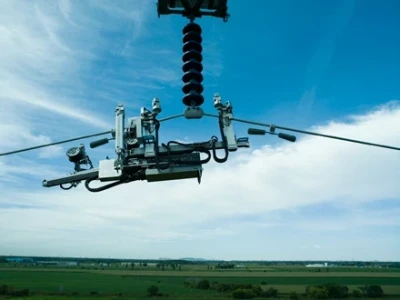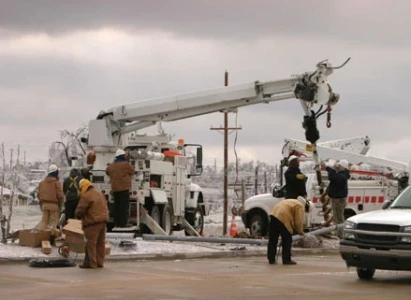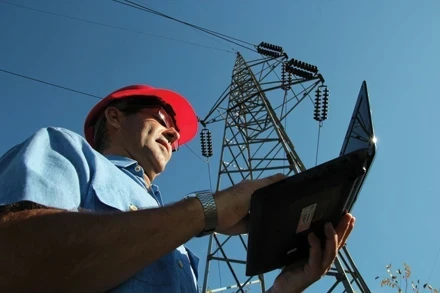A Closer Look into the True Cost of Replacing Electrical Switchgear

During my switchgear modernization presentations all over the US, I am constantly reminded of the concerns customers face with their aging electrical infrastructure. For the most part, these center around safety, reliability and productivity:
• Replacements parts are very hard (or impossible) to be found and priced as an aftermarket product
• Plants are exposed to forced outages and loss of production due to poor equipment reliability
• Employee safety is often in question due to slow opening time, increasing the arc flash hazard
• Arc chutes of old circuit breakers contain asbestos, adding to safety concerns for maintenance personnel
• Circuit breaker mechanisms have a lot of moving parts, that need lubrication or reconditioning
• Low and medium-voltage switchgear and circuit breakers are beyond their expected useful life It gets to a point that engineers of these plants need to decide whether to replace or upgrade existing equipment.
Following are eight factors they should consider in the decision-making process:
1. The operating environment
2. The impact of downtime
3. Cost of ongoing maintenance
4. Availability of spare parts
5. The need to increase fault or continuous current rating
6. Location of the existing switchgear
7. Unforeseen project surprises
8. Physical layout Issues – Footprint / New codes I like to compare a switchgear replacement project with a seemingly small house project I recently completed.
My wife asked me to replace the old lighting switches in the kitchen of our house, built in 1945. It looked to be an easy and inexpensive project for a Saturday afternoon. I went to the store next to our house and bought the modern switches that she wanted. The project was off to a good start! Back at home, I began work by removing all the cover plates - without using a knife to cut through the paint. As a result, the paint came off with some of the plates, which gave my wife the excuse to repaint all the kitchen walls. To make things a little more dramatic for me, since we were painting the kitchen, she convinced me that it was a good time to replace all the old counter tops to granite! No need to say that my $300 project ended up on the $5000 range. Similarly, in a switchgear replacement project, plant engineers fund a project-based cost $X and can easily end up way over budget because of unforeseen issues. These can include replacing cables, cable trays, pads and doors, or even tearing down walls.
Read the complete article here: http://online.electricity-today.com/winter-20172018/~22/

